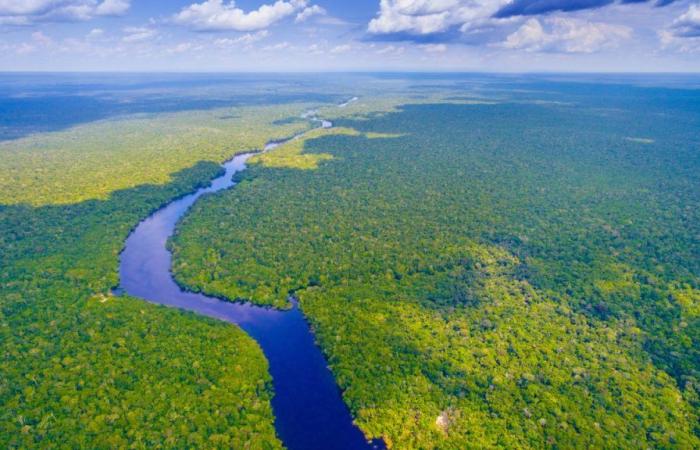In the vast and intriguing global hydrographic network, some rivers exhibit exceptional characteristics that defy common understanding. Among these singularities, the fluvial bifurcation, where a river flows into two different oceans, embodies a captivating hydrological phenomenon.
The basics of river bifurcation
The river bifurcation refers to a rare process where the course of a river splits, sending its waters into two separate watersheds that ultimately emerge into different oceans. This phenomenon can result from specific geological conditions, climatic variations, or even human interventions which modify the natural course of rivers.
Natural mechanisms and required conditions
For a river to divide and feed two oceans, several factors must converge:
- Topography: A region with complex topography can promote the formation of natural bifurcations.
- Weather conditions: Significant variations in precipitation can influence water flow and the direction of its flow.
- Tectonic activities: Movements of the Earth’s crust can redefine river channels and create bifurcations.
Emblematic examples
The most famous and discussed case is that of the Casiquiare River which branches from the Río Orinoco in Venezuela. This river creates a natural link with the Río Negro system, a tributary of the Amazon, thus illustrating a river bifurcation that connects the Orinoco basin and that of the Amazon. This unique phenomenon is called a “capturing river,” where one river captures the flow of another through a natural connection.
Ecological and human implications
River bifurcation has profound implications, both ecologically and socio-economically. The modification of aquatic ecosystems and the management of water resources in these regions require special attention.
Impact on biodiversity
- Mixed habitats: Bifurcation zones create ecosystems where species from different basins mix, thus increasing biodiversity but also the risks of invasive species.
- Variability of water resources: The sharing of water between two basins can lead to significant variations in water availability, influencing local flora and fauna.
Considerations for resource management
- Cross-border management: Bifurcations that cross national borders require international cooperation for balanced water management.
- Impact of human activities: Resource extraction and infrastructure construction must take into account the bifurcation phenomenon to avoid major ecological disruptions.
Future prospects and challenges
The phenomenon of river bifurcation, although fascinating, presents considerable challenges for the sustainable management of river basins. Climate change and intensive human activities could modify or even damage these unique natural phenomena.
Research and monitoring
- Scientific monitoring:Continued research is essential to understand bifurcation mechanisms and their long-term impacts.
- Advanced technologies: Using technologies such as satellite imagery and hydrological models helps monitor and predict changes in bifurcated rivers.
Conservation policies
- Adapted legislation: Robust legislative frameworks are needed to protect these unique environments.
- International cooperation: The management of bifurcated waters often involves multiple countries, requiring increased international coordination and cooperation.
River bifurcation is an exceptional phenomenon that demonstrates the complexity and interconnectivity of natural terrestrial systems. Its understanding and management pose unique challenges but are crucial to ensuring the sustainability of natural resources and the preservation of ecosystems. Continued efforts in research, monitoring and international cooperation are essential to maintain the balance of these precious water systems.
Our site is a Google News approved media.
Add Media24.fr to your favorites list so you don’t miss any news!
Join us in one click






